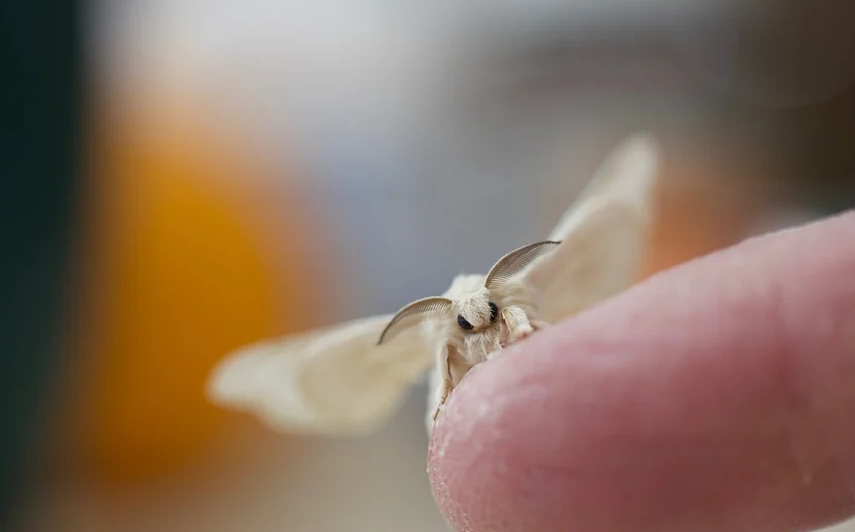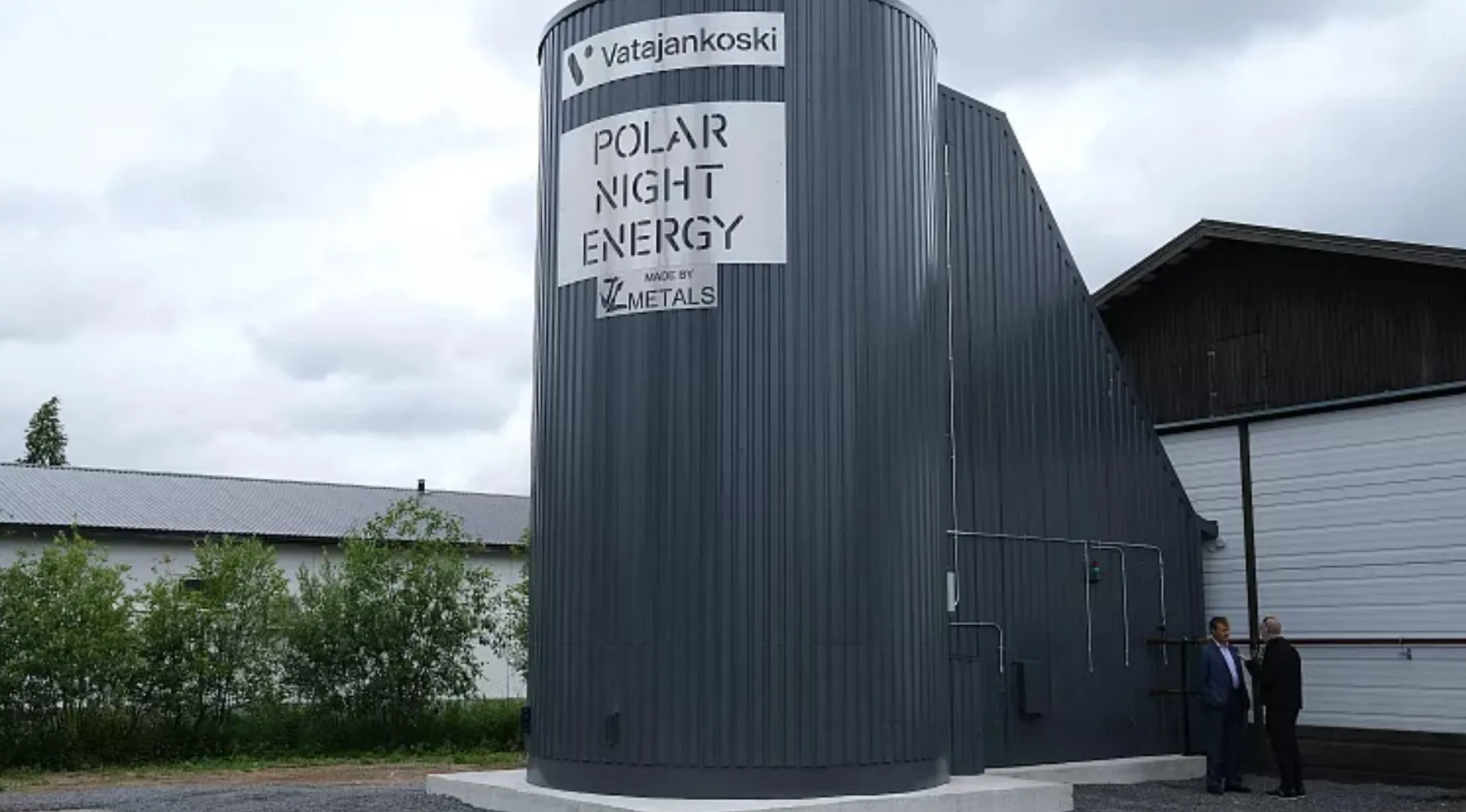A breakthrough by researchers at ETH Zurich could transform how we deliver drugs to the brain. The team has developed a method that uses tiny gas bubbles, which vibrate at extremely high speeds, to temporarily open the blood-brain barrier (BBB). This could allow medications to pass through and reach the brain more effectively—something that has long been a challenge in treating neurological conditions.
The Challenge of the Blood-Brain Barrier
The BBB is a protective shield that prevents harmful substances from entering the brain. However, it also blocks most medications, making it difficult to treat diseases like Alzheimer’s, Parkinson’s, and brain cancer. Scientists have been searching for ways to open this barrier safely and temporarily—without causing damage.
How the Tiny Bubbles Work
The ETH Zurich team’s approach involves injecting microscopic gas bubbles into the bloodstream. When these bubbles are exposed to focused ultrasound waves, they begin to vibrate at extremely high frequencies. This vibration creates small, temporary openings in the BBB, allowing medication to pass through before the barrier reseals.
Unlike previous techniques, which often involved high-intensity ultrasound that could cause tissue damage, this new method operates at lower intensities, making it safer for patients.
A Game-Changer for Brain Medicine
This technology could revolutionize treatments for brain diseases by enabling more precise drug delivery with fewer side effects. It may also open doors for therapies that were previously ineffective due to their inability to cross the BBB.
The next steps involve refining the technique and testing it in clinical settings to ensure its safety and effectiveness. If successful, this innovation could be a major leap forward in neuroscience and medicine.







